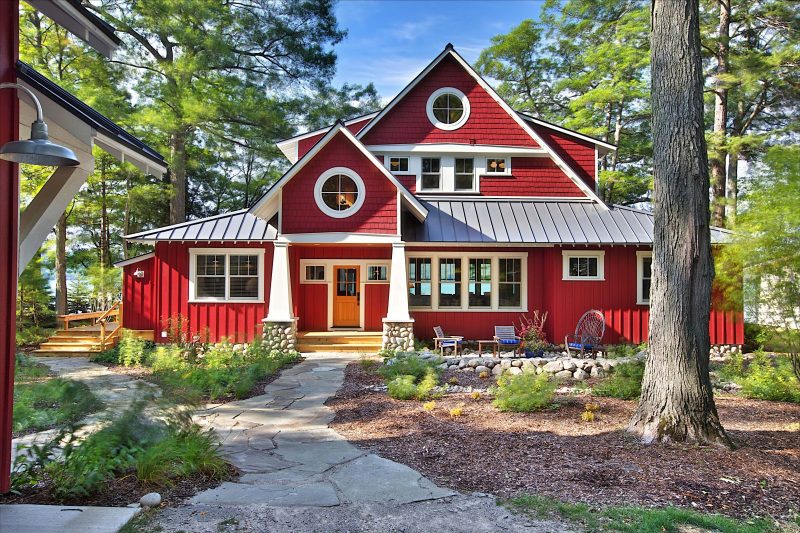Conventional Mortgage Loans VS FHA Mortgage Loans.
BRIAN BIRK | 4 -MINUTE READ
3/19/2023
FHA loans and conventional loans are two types of mortgage loans that borrowers can choose from when purchasing or refinancing a home. Here are some key differences between the two:
- Loan requirements: FHA loans are insured by the Federal Housing Administration and have more lenient credit and income requirements than conventional loans. For example, borrowers with a credit score as low as 580 may qualify for an FHA loan with a down payment of just 3.5%. FHA will go down to 500 credit scores but higher down payments will be required. In contrast, conventional loans typically require a credit score of at least 620 and a down payment of 3% to 20% depending on the lender and the borrower’s creditworthiness. Down payment assistance is also available though private lenders and county programs. In order to qualify for grant programs higher credit scores are required.
- Mortgage insurance: FHA loans require mortgage insurance premiums (MIP) that protect the lender in case the borrower defaults on the loan. Borrowers must pay an upfront MIP fee at closing and an annual MIP fee that is added to their monthly mortgage payment. Conventional loans may also require private mortgage insurance (PMI) if the borrower puts less than 20% down on the home. However, borrowers may be able to cancel PMI once they have built up enough equity in the home.
- Loan limits: As of 2023, conventional loans for a one-unit family home have a $726,200 limit in the lower 48 states. Alaska, Hawaii and high-cost areas have a loan limit of $1,089,300. The FHA’s low-cost area limits are set at 65% of the nation’s conforming limit for a one-unit property and 150% of the nation’s conforming cap for high-cost areas. That’s a low of $472,030 and a high of $1,089,300, respectively, for a one-family unit.
- Property type: FHA loans can be used to purchase or refinance a primary residence, a multifamily property (up to four units), or an approved condominium or townhome. Conventional loans may be used to finance a wider range of property types, including investment properties and vacation homes.
- Interest rates: FHA loans typically have slightly higher interest rates than conventional loans, but the difference may be negligible for borrowers with lower credit scores or smaller down payments.
- Additional Options: FHA and conventional loans are a great options. Some other great options across the United States include USDA Loans, Veteran Loans, and grants for down payment assistance. Buying a home with no money down is still an option that exists for home buyers in 2023.
Overall, FHA loans may be a good option for borrowers who have lower credit scores or smaller down payments, while conventional loans may be a better choice for borrowers who have stronger credit profiles and larger down payments. However, each borrower’s situation is unique, and it’s important to consult with a mortgage lender or broker to determine which loan product is right for you.

